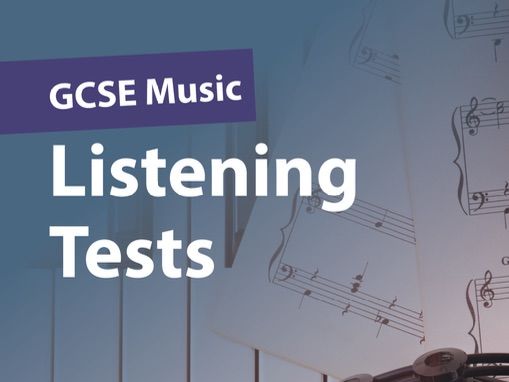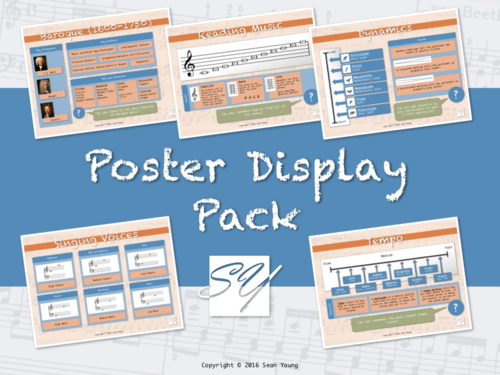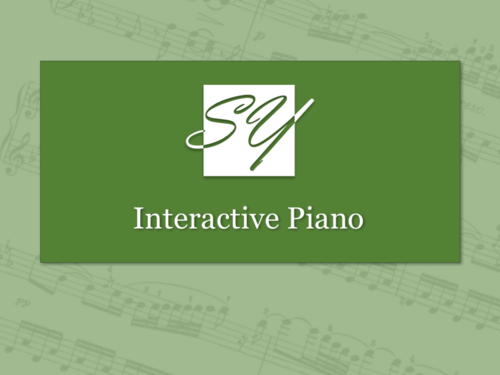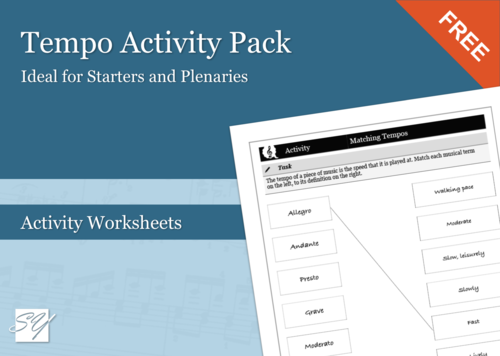Sean Young Music Resources
Free and premium music resources including classroom activities, full schemes of work, posters, practice exam questions, revision materials, and much more! More resources are currently being written, so keep checking back regularly. Follow me on twitter for regular updates @SeanYoung_Music and check out my Facebook page @SeanYoungMusicEd.
























